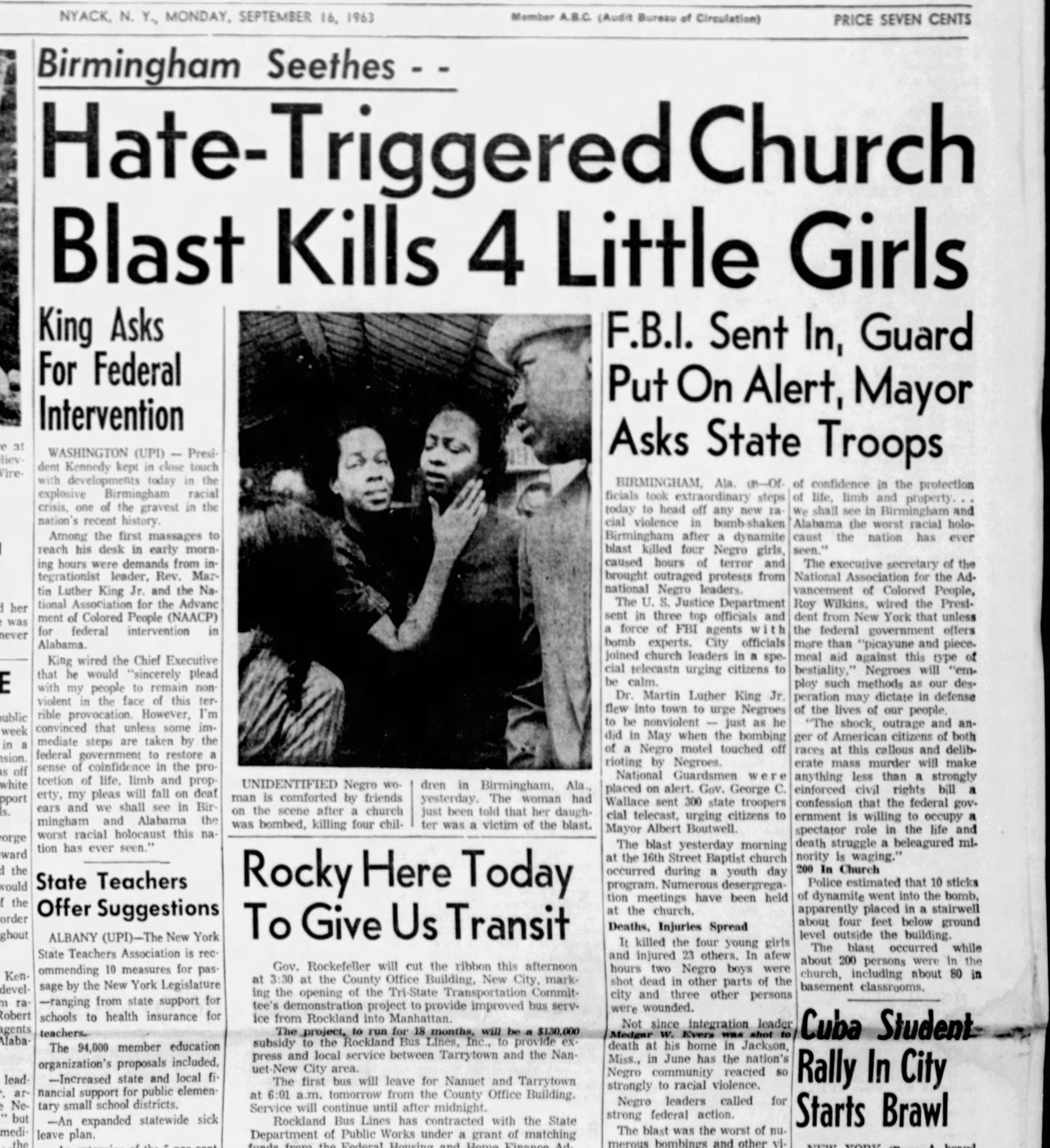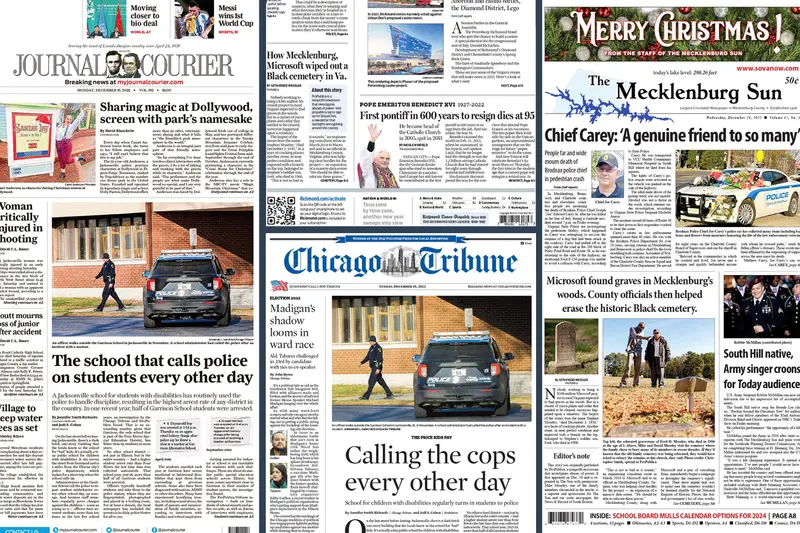5 Simple Techniques For News Articles
5 Simple Techniques For News Articles
Blog Article
The smart Trick of News Articles That Nobody is Talking About
Table of ContentsGetting The News Articles To Work8 Easy Facts About News Articles Described7 Easy Facts About News Articles Described3 Simple Techniques For News ArticlesWhat Does News Articles Do?
Excellent understanding of various topics gives trainees an affordable edge over their peers. Also though digital and social media are easily accessible, we must not neglect exactly how vital it is to review the newspapers. Parents should attempt and inculcate the habit of reviewing a paper as a day-to-day regimen to proceed the heritage of the adored print tool.Information stories additionally include at the very least one of the following vital attributes about the intended audience: distance, importance, timeliness, human rate of interest, anomaly, or consequence. The relevant term journalese is in some cases utilized, normally pejoratively, to describe news-style writing. Another is headlinese. Newspapers usually follow an expository writing design.
Within these limitations, information stories likewise aim to be comprehensive. Among the larger and a lot more reputable newspapers, justness and equilibrium is a major factor in offering details.
Papers with an international audience, for instance, often tend to utilize an extra official design of composing. News Articles.; typical style overviews consist of the and the United States News Style Book.
The 7-Second Trick For News Articles
As a rule, journalists will not use a lengthy word when a short one will certainly do. News writers try to stay clear of utilizing the same word much more than once in a paragraph (occasionally called an "resemble" or "word mirror").
Headlines often leave out the topic (e.g., "Jumps From Watercraft, Catches in Wheel") or verb (e.g., "Pet cat female lucky"). A subhead (also subhed, sub-headline, subheading, caption, deck or dek) can be either a subordinate title under the major headline, or the heading of a subsection of the post. It is a heading that precedes the primary message, or a team of paragraphs of the main message.

Additional billboards of any of these kinds might show up later on in the post (especially on succeeding web pages) to attract additional analysis. Such signboards are also made use of as tips to the write-up in other areas of the magazine or site, or as promotions for the item in other publication or websites. Common structure with title, lead paragraph (summary in vibrant), various other paragraphs (information) and contact information.

Instance of a hard-lead paragraph NASA is proposing an additional space task. The agency's budget demand, announced today, consisted of a strategy to send out one more goal to the Moon. This time the company wants to establish a long-term center as a jumping-off factor for other area experiences. The budget requests roughly $10 billion for the project.
The NASA announcement came as the company asked for $10 billion of appropriations for the project. An "off-lead" is the second crucial front page news of the day. The off-lead appears either in the top left edge, or directly listed below the lead on the right. To "bury the lead" is to begin the short article with background details or details of secondary relevance to the viewers, requiring them to learn more deeply right into an article than they ought to need to in order to uncover the essential points.
The Only Guide to News Articles
Usual usage is that page one or 2 sentences each form their very own paragraph. Journalists typically describe the organization or framework of a news story as an inverted pyramid. The essential and most intriguing components of a story are placed at the start, with sustaining details following in order of reducing importance.
It permits people to explore a topic to only the depth that their interest takes them, and without the charge of details or subtleties that they could take into consideration pointless, but still making that info readily available to more interested readers. The inverted pyramid structure also allows write-ups to be trimmed to any arbitrary size throughout layout, to fit in the space offered.
Some writers begin their tales with the "1-2-3 lead", yet there are lots of type of lead available. This layout usually starts with a "Five Ws" opening up paragraph (as explained over), complied with by an indirect quote that serves to sustain a major aspect of the initial paragraph, and this hyperlink then a straight quote to support the indirect quote. [] A kicker can refer to numerous points: The last tale current broadcast; a "pleased" story to finish the show.
Longer posts, such as magazine cover short articles and the items that lead the inside areas of a paper, are recognized as. Function stories differ from straight information in a number of ways.
Fascination About News Articles
A feature's initial paragraphs usually relate a fascinating minute or event, as in an "anecdotal lead". From the details of an individual or episode, its view promptly widens to generalities concerning the tale's subject.

The Editor's Toolbox: A Recommendation Overview for Beginners and Professionals (2001) Allan M. Siegal and William G. Connolly. The New York Times Manual of Design and Use: The Authorities Style Guide Made Use Of by the Writers and Editors of the World's The majority of Authoritative Newspaper (2002) M. L. Stein, Susan Paterno, and R.
Report this page